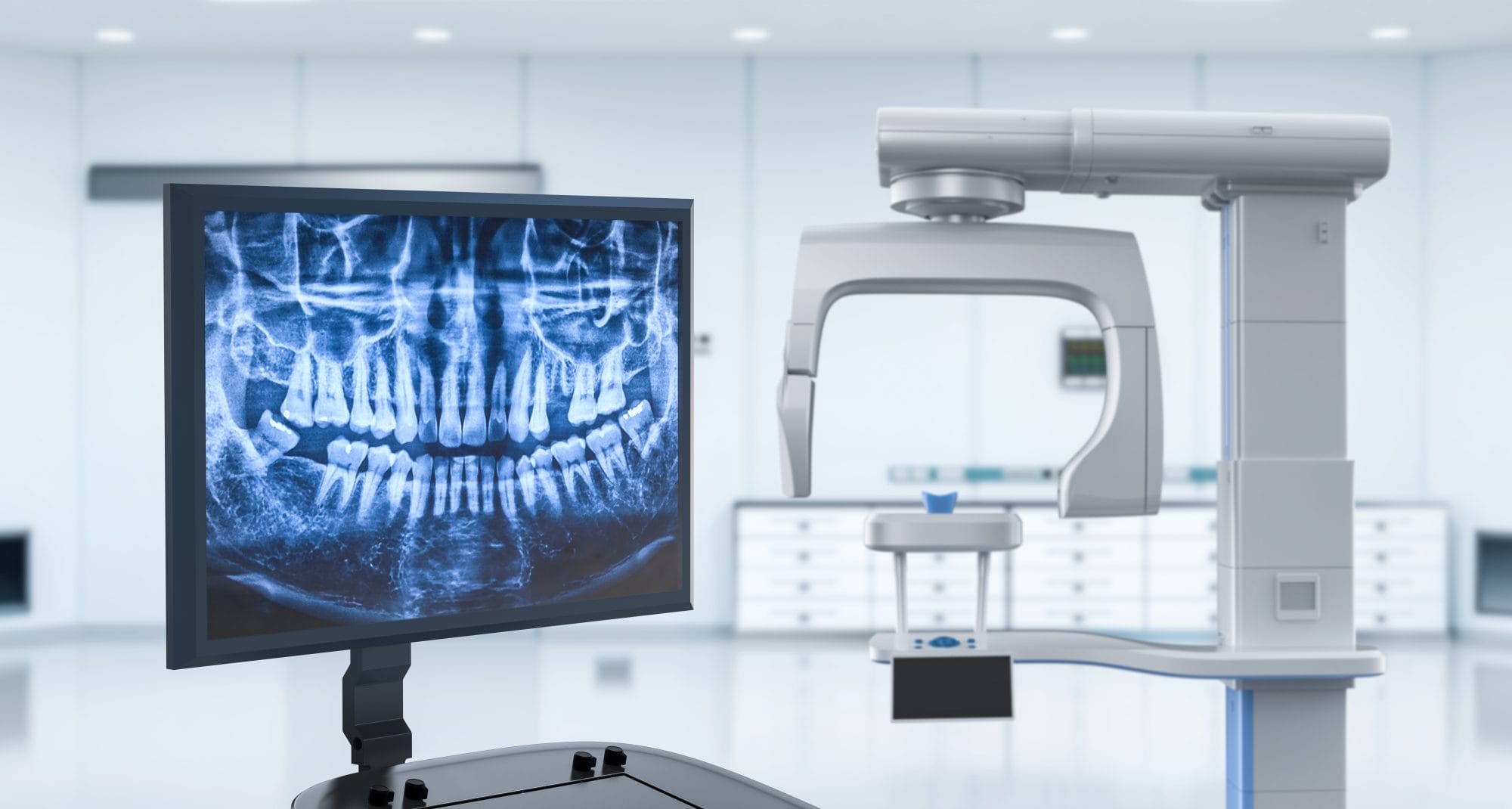
19
May
Top Dental Technologies Transforming Patient Care in 2025

Dentistry has changed a lot with modern technology. This is affecting how dental professionals diagnose and treat problems. In your next dental visit, you may see modern systems that make your experience better and help your oral health. With tools like cone beam computed tomography and AI software, dentists can now perform procedures in a more efficient, effective, and comfortable way. These advancements in dental technology are closing gaps in diagnosis and care. They make dentistry more precise, focusing on improving your overall oral health.
Revolutionary Dental Technologies in 2025
Imagine entering a dental office in 2025 where new technologies change how patients feel. Advanced imaging methods, like CBCT, give amazing views of your dental health. AI tools help create treatment plans just for you. The old days of painful procedures are over. Now, lasers and gentle methods are the main focus in dental care.
These improvements will make tests and treatments more precise. They will also help lessen pain and worry when you visit the dentist. Get ready for a year full of exciting changes that care about your comfort and oral health!
Advanced Imaging Techniques for Precise Diagnostics
One crucial development in dental technology is cone beam computed tomography, or CBCT. Unlike regular X-rays, CBCT takes detailed, 3D images of your teeth and jaw. This method helps dentists find dental problems clearly, like impacted teeth and bone issues.
CBCT is now essential for planning dental implants and doing complex surgeries. Dentists use this technology to check the strength and size of the bone, which ensures the dental implants are placed correctly. Its clear images provide a customized approach to your dental care.
Cone beam imaging focuses on safety and efficiency. Patients receive lower doses of radiation than with regular CT scans, making it a reliable choice for daily dental practice. Thanks to better diagnostics, you can feel confident that your dental care is precise and gentle, leading to easier treatments and improved oral health.
AI-Driven Personalized Treatment Plans
Artificial intelligence (AI) is changing the dental field by creating personalized treatment plans. It looks at patient information like medical history and imaging reports to create solutions just for you. This means you get care that fits your needs.
AI is also changing how dental practices work. For example, it helps recommend the best orthodontic appliances or predict how well some treatments might work. This takes away the guesswork for dentists. They use AI systems to provide focused care while also making their dental offices more efficient.
With this focus on personalization, your dental experience improves. AI helps dentists tackle oral health issues with deeper precision. This leads to customized care, which lowers the risks of over- or under-treatment. In the future, you will see how AI makes dental offices better and helps everyone maintain good oral health.
Impact on Patient Experience and Outcomes
Advances in dental technology are changing how you feel during visits. With minimally invasive techniques, there is less discomfort. AI helps plan treatments carefully for your needs. Improved imaging helps dentists find issues faster. This means quicker solutions for patients.
These changes also improve health results. Patients can recover faster and receive better care. They leave dental offices happy and ready to take care of their oral health. See how technology makes your comfort a priority while helping you stay healthy in the long run!
Minimally Invasive Procedures Enhancing Comfort
Minimally invasive dental procedures are changing what happens in clinics. They are helping patients feel more comfortable. Methods like air-abrasion and laser treatments let dentists remove decay and make restorations without using anesthesia. This lowers the stress and discomfort most people feel when going to the dentist.
Dental offices that use these methods want to ease patient anxiety and cut down on time spent in the chair. For example, lasers can also help with treatments like crown lengthening or soft tissue changes, which lead to less swelling and quicker healing. Patients leave feeling better and more confident about their oral health.
By focusing on ways to keep healthy tooth structure, dental practices provide care that is both effective and reassuring. You’ll find visits more comfortable and feel like you are well taken care of. This approach to dentistry gives you smoother experiences and helps you achieve long-lasting oral health results.
Faster Recovery Times with New Healing Technologies
Groundbreaking healing technologies are helping dental patients recover faster. Platelet-rich growth factors make tissue healing quicker. They are often used for bone grafting and replacements to help patients after procedures.
Another new development is smart biomaterials. These materials work with your body’s functions to help with natural healing and repair. Thanks to these advances, downtime is shorter. This means you can get back to your normal activities sooner.
Here’s how these new dental healing technologies affect recovery:
Dental education is also changing. It trains dentists to use these new technologies properly. This way, you can enjoy shorter and easier healing times.
Learn More About Modern Dental Technology
The world of dental care is changing quickly. This change is happening because of new technologies that focus on helping patients feel comfortable. By using better imaging, smart treatment plans, and less painful methods, dental workers can make visits nicer for patients and get better results. As we approach 2025, these new tools will help doctors diagnose and treat issues more easily. They will also help reduce fears that patients might have during their visits. It’s important for both dentists and patients to keep up with these new developments. If you want to know more about how these dental technologies can help you, contact Goochland Dentistry.







